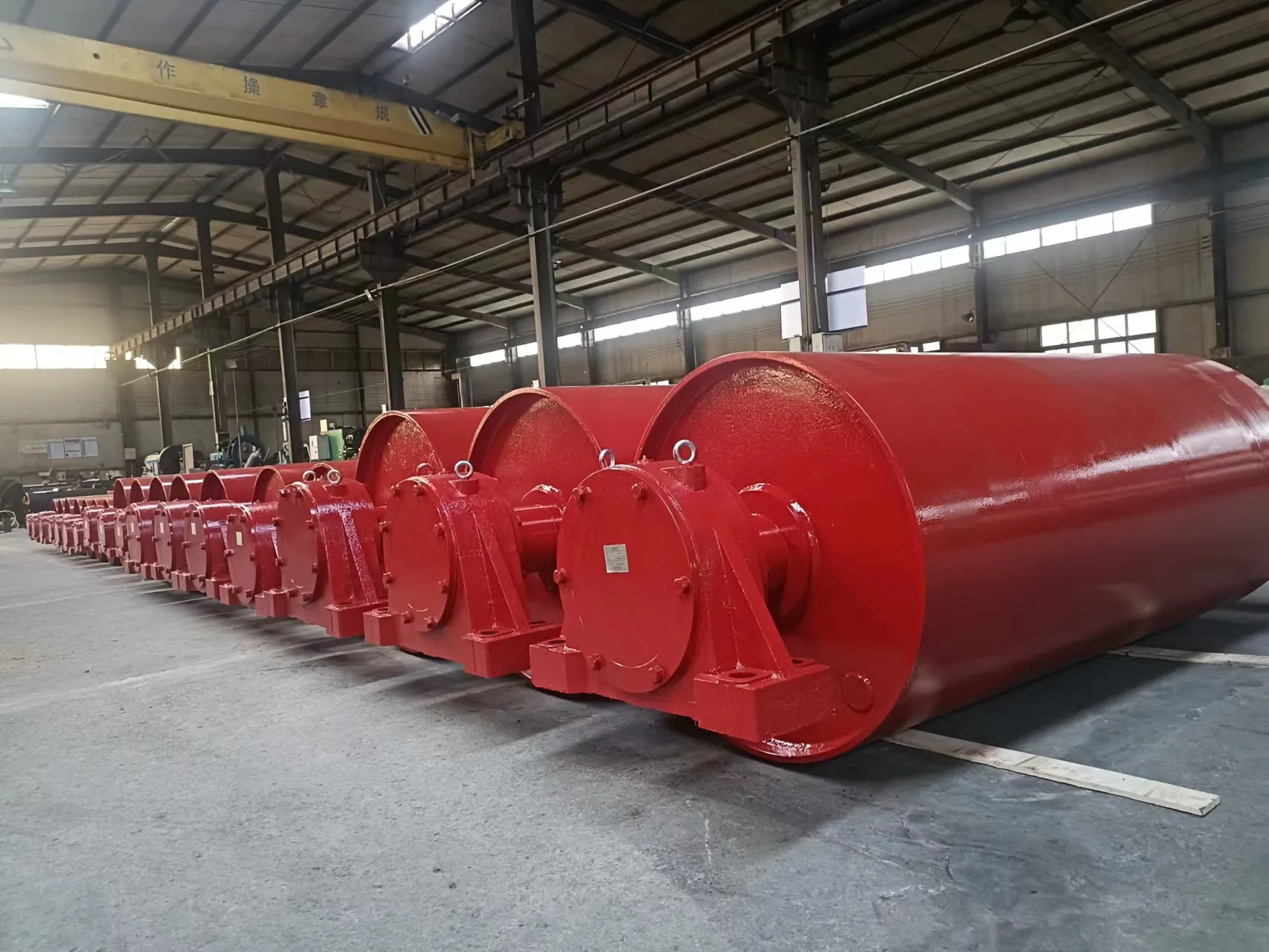 Afrikaans
Afrikaans  Albanian
Albanian  Amharic
Amharic  Arabic
Arabic  Armenian
Armenian  Azerbaijani
Azerbaijani  Basque
Basque  Belarusian
Belarusian  Bengali
Bengali  Bosnian
Bosnian  Bulgarian
Bulgarian  Catalan
Catalan  Cebuano
Cebuano  Corsican
Corsican  Croatian
Croatian  Czech
Czech  Danish
Danish  Dutch
Dutch  English
English  Esperanto
Esperanto  Estonian
Estonian  Finnish
Finnish  French
French  Frisian
Frisian  Galician
Galician  Georgian
Georgian  German
German  Greek
Greek  Gujarati
Gujarati  Haitian Creole
Haitian Creole  hausa
hausa  hawaiian
hawaiian  Hebrew
Hebrew  Hindi
Hindi  Miao
Miao  Hungarian
Hungarian  Icelandic
Icelandic  igbo
igbo  Indonesian
Indonesian  irish
irish  Italian
Italian  Japanese
Japanese  Javanese
Javanese  Kannada
Kannada  kazakh
kazakh  Khmer
Khmer  Rwandese
Rwandese  Korean
Korean  Kurdish
Kurdish  Kyrgyz
Kyrgyz  Lao
Lao  Latin
Latin  Latvian
Latvian  Lithuanian
Lithuanian  Luxembourgish
Luxembourgish  Macedonian
Macedonian  Malgashi
Malgashi  Malay
Malay  Malayalam
Malayalam  Maltese
Maltese  Maori
Maori  Marathi
Marathi  Mongolian
Mongolian  Myanmar
Myanmar  Nepali
Nepali  Norwegian
Norwegian  Norwegian
Norwegian  Occitan
Occitan  Pashto
Pashto  Persian
Persian  Polish
Polish  Portuguese
Portuguese  Punjabi
Punjabi  Romanian
Romanian  Russian
Russian  Samoan
Samoan  Scottish Gaelic
Scottish Gaelic  Serbian
Serbian  Sesotho
Sesotho  Shona
Shona  Sindhi
Sindhi  Sinhala
Sinhala  Slovak
Slovak  Slovenian
Slovenian  Somali
Somali  Spanish
Spanish  Sundanese
Sundanese  Swahili
Swahili  Swedish
Swedish  Tagalog
Tagalog  Tajik
Tajik  Tamil
Tamil  Tatar
Tatar  Telugu
Telugu  Thai
Thai  Turkish
Turkish  Turkmen
Turkmen  Ukrainian
Ukrainian  Urdu
Urdu  Uighur
Uighur  Uzbek
Uzbek  Vietnamese
Vietnamese  Welsh
Welsh  Bantu
Bantu  Yiddish
Yiddish  Yoruba
Yoruba  Zulu
Zulu Understanding the Mechanics and Applications of Drum Pulley Systems in Modern Engineering
Understanding Drum Pulleys Function, Types, and Applications
Drum pulleys play a vital role in a wide variety of mechanical systems, especially in the context of material handling and transportation. Found in industries ranging from mining to manufacturing, drum pulleys are essential components that facilitate the smooth operation of conveyor systems, thereby enhancing productivity and efficiency.
At its core, a drum pulley is a cylindrical device that serves two primary functions the direction and the transfer of power. These pulleys are typically mounted on a shaft, allowing for easy rotation. When connected to a belt or rope, drum pulleys help in transmitting force from one location to another, enabling the movement of heavy materials over considerable distances.
Types of Drum Pulleys
1. Drive Pulleys Drive pulleys are connected to a motor or engine and are responsible for providing the necessary power to move the belt. They often come in various configurations, including crowned, flat, and lagged surfaces. The crowned surface helps in maintaining the belt's alignment, while lagging – a layer of rubber or other materials – provides traction and reduces slippage.
2. Idle Pulleys As the name suggests, idle pulleys do not drive the belt; instead, they guide and support it along its path. Often located at turns or bends in the conveyor system, idle pulleys help to maintain the tension of the belt and ensure smooth operation.
3. Tail Pulleys Tail pulleys are situated at the end of the conveyor system. Their main function is to collect the belt after it has completed its cycle, allowing for the continuous movement of materials. Tail pulleys are often equipped with mechanisms to adjust the belt tension, contributing to prolonged durability.
drum pulley

4. Drum Pulleys with Magnetic Properties In specialized applications, drum pulleys can be designed with magnetic features. These are particularly useful in recycling or mining operations, where ferrous materials need to be separated from non-ferrous materials. By integrating magnetic elements into the drum pulley, these systems can effectively capture iron and other magnetic debris while allowing non-magnetic materials to pass through.
Applications of Drum Pulleys
The versatility of drum pulleys is evident in their myriad applications across different industries. In the mining sector, they are crucial for transporting ore from mining sites to processing facilities. In manufacturing plants, drum pulleys are essential in assembly lines, where they help move products through various stages of production.
In the agriculture industry, drum pulleys are used in machinery that manages the harvesting and transportation of crops. Furthermore, they play a significant role in logistics and warehousing operations, where they aid in the efficient movement of goods and materials.
Conclusion
Drum pulleys are often unsung heroes in the world of mechanical engineering and material handling. Their ability to transmit power, control direction, and support various conveyor systems makes them indispensable in many sectors. By understanding the different types of drum pulleys and their applications, industries can optimize their operations, enhance efficiency, and ensure the smooth movement of materials. As technology continues to advance, drum pulleys will undoubtedly evolve, incorporating innovative designs that further improve their performance and reliability in various applications. Ultimately, the importance of drum pulleys in modern industry cannot be overstated – they are the backbone of efficient material handling and transportation solutions.
-
Revolutionizing Conveyor Reliability with Advanced Rubber Lagging PulleysNewsJul.22,2025
-
Powering Precision and Durability with Expert Manufacturers of Conveyor ComponentsNewsJul.22,2025
-
Optimizing Conveyor Systems with Advanced Conveyor AccessoriesNewsJul.22,2025
-
Maximize Conveyor Efficiency with Quality Conveyor Idler PulleysNewsJul.22,2025
-
Future-Proof Your Conveyor System with High-Performance Polyurethane RollerNewsJul.22,2025
-
Driving Efficiency Forward with Quality Idlers and RollersNewsJul.22,2025





























